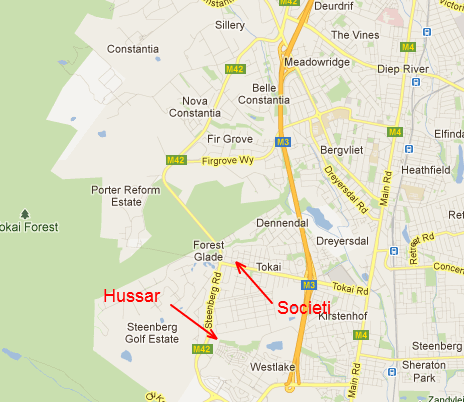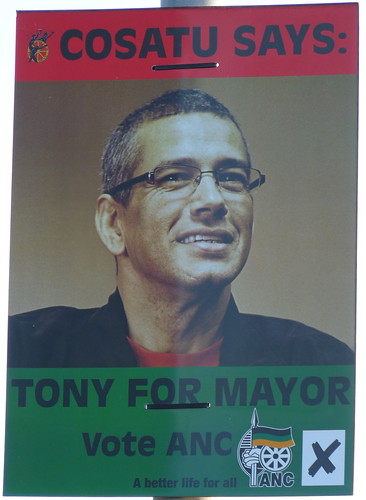I wasn’t going to comment on the local issue of the farmworkers and their violent strike action up in De Doorns (but spreading elsewhere) until a government minister – in my opinion – did a silly thing.
The minister in question was Tina Joemat-Peterson – Minister of Agriculture, Forestry and Fisheries – and the silly thing was taking sides in a dispute which she needs to mediate, rather than politicise.
The fact is that these farmworkers earn a tiny, tiny wage of R70 per day for their work, which at the moment is picking table grapes. I’m not going to get into the discussion over whether this wage is morally right or wrong – I have no idea how financially stable local fruit farming is at the present time – but the fact is that the wage is legally ok. And that’s illustrated by this statement from the Labour Minister Mildred Oliphant earlier this year:
In terms of Sectoral Determination for farm workers the minimum wages will with effect from 1 March 2012 to 28 February 2013 be adjusted upwards from an hourly rate of R7,04 to R7,71; a weekly rate of R317,51 to R347,10 and monthly minimum wages of R1375,94 to R1503,90, calculated on a 45 ordinary hour week.
Of course, local opportunist and Western Cape Cosatu representative Tony Ehrenreich is blaming the farmers for paying their workers poorly, but there is no evidence that I have heard which suggests any of them are paying workers below the minimum wage. That being the case, one wonders why his gripe isn’t with Ms Oliphant and the ANC rather than the employers. And if the minimum wage is such a big problem, one also wonders why he didn’t bother to kick up a fuss back in early February when the announcement about the minimum wage was made.
Why is the soapbox only coming out now, Tony?
Now Joemat-Peterson is allegedly set, among other things, to review the farmworkers’ national minimum wage – something that had already been agreed upon by all parties for the foreseeable future (it was set to rise by CPI +1.5% in March 2013 and by the same amount each year thereafter). This ‘caving in’ to the strikers demands smacks of the Lonmin decision a couple of months ago and sends a clear message to workers that illegal and violent strike action gets results. As a private company, Lonmin could get away with making that decision, although it has set a very dangerous precedent. Government cannot afford to do the same, merely to pander to their prospective voters.
I don’t want to take sides in this. I’d like to see farmworkers better paid, obviously, but I’m mindful that the money might not be there to do that – especially not for the 100% pay rise they are demanding. Job security must also be considered by those making the decisions and the heavy-handed and one-sided approach immediately taken by Joemat-Peterson makes me wonder whether she is more more concerned about the future of the agricultural sector or over trying to garner extra votes for the ANC in 2014.



 The neutral background, the dated red and green blocks of colour, the three-quarter profile, the slightly raised chin, the positive, but firm gaze into the middle distance. It’s all terribly reminiscent of a
The neutral background, the dated red and green blocks of colour, the three-quarter profile, the slightly raised chin, the positive, but firm gaze into the middle distance. It’s all terribly reminiscent of a